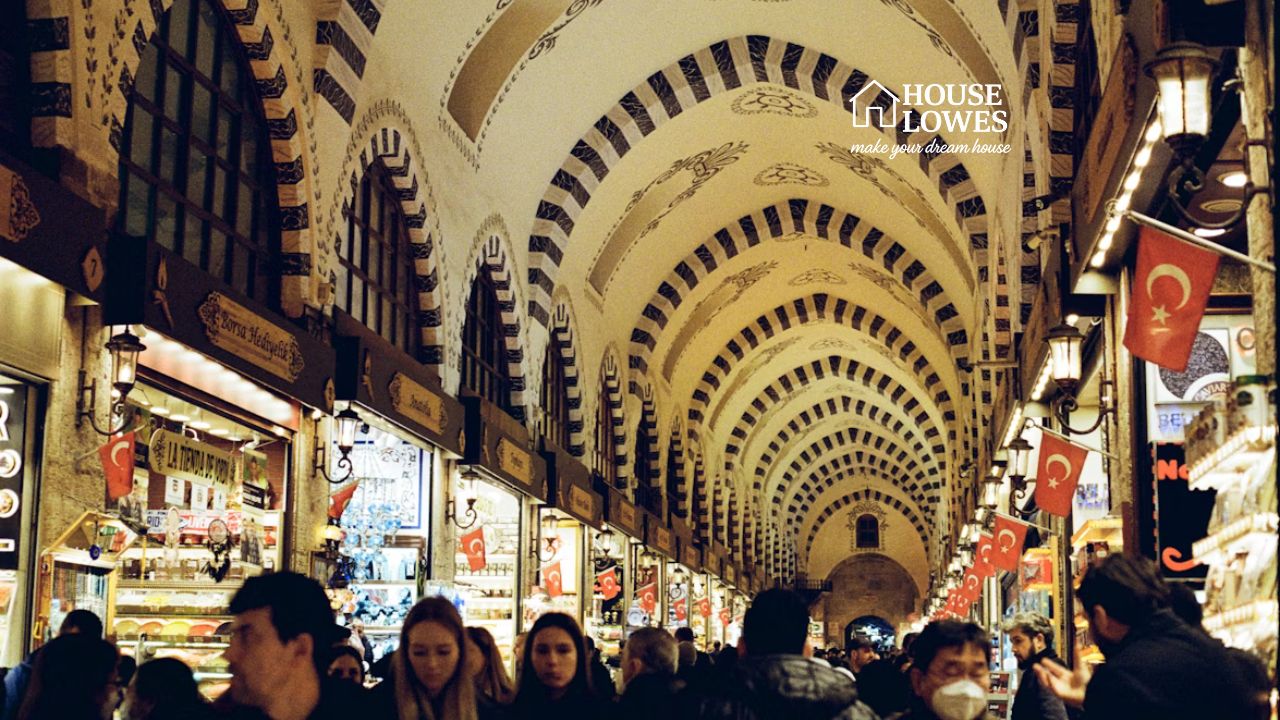The question “What is the arcade in Ottonian architecture?” opens up a fascinating exploration of medieval design and its distinctive features. Ottonian architecture, which flourished in the 10th and 11th centuries in the Holy Roman Empire, is renowned for its grand structures that blend Roman, Carolingian, and Byzantine influences. Central to its aesthetic and functional design is the arcade—a series of arches supported by columns or piers. But what role did this architectural feature play, and why does it hold so much historical significance? Let’s uncover the mystery.
Summary Table of Key Information
| Feature | Details |
|---|---|
| Style | Ottonian Architecture |
| Period | 10th–11th Century |
| Focus Feature | Arcade |
| Function | Structural and decorative |
| Origins | Inspired by Roman and Carolingian designs |
| Examples | St. Michael’s Church in Hildesheim, Germany |
Introduction to Ottonian Architecture
Ottonian architecture emerged as a unique style during the reign of the Ottonian dynasty (919-1024 CE). It maintained the traditions of Carolingian architecture but expanded upon them, introducing innovations that showcased a heightened sense of scale and intricate craftsmanship. At the heart of these structures, arcades play a dual role—they are both visually striking and structurally indispensable.
The Role of Arcades in Ottonian Architecture
What is an Arcade?
An arcade is a succession of arches supported by columns or piers. While the concept has its roots in Roman architecture, it evolved significantly in medieval building styles. Ottonian arcades typically appear in the interiors of churches, where they create a rhythmic visual flow along the nave or apse.
Functions of Arcades
- Structural Support
The arcade strengthens the walls of massive buildings, distributing weight across the columns or piers.
- Aesthetic Appeal
The repeating patterns of rounded arches provide a symmetrical and elegant aesthetic.
- Spatial Division
Arcades are used to separate aisles and create distinct sections within larger spaces.
Design Features
Ottonian arcades are characterized by the following attributes:
- Round Arches
Unlike pointed arches found in Gothic architecture, Ottonian arcades typically feature semi-circular arches.
- Stylised Columns
Columns often include intricate carvings or decorative capitals inspired by Roman and Byzantine motifs.
- Repetition and Order
A hallmark of this style, arcades create a sense of balance and harmony.
Historical Significance of the Arcade
Arcades in Ottonian architecture weren’t just practical; they were symbolic. Their design represented the fusion of Roman and Christian ideals. The rounded arch had connotations of strength and unity, echoing Roman imperial grandeur, while the religious settings added spiritual depth.
Examples of Iconic Arcades
St. Michael’s Church, Hildesheim
St. Michael’s is a quintessential example of Ottonian architecture. The church’s nave features beautifully proportioned arcades that run parallel to the aisles, guiding the gaze upward and creating an imposing yet inviting interior.
Bamberg Cathedral
Though slightly later, Bamberg Cathedral illustrates how arcades continue to influence designs over time. Its Romanesque features owe much to Ottonian prototypes, combining function with powerful visual statements.
Personal Background or Net Worth
While Ottonian architecture isn’t directly tied to personal backgrounds or net worth, it reflects the wealth and influence of the ruling elites and clergy. Arcades, as part of grand churches and cathedrals, underscore the immense resources and ambition of the Holy Roman Empire during this period.
FAQs about the Arcade in Ottonian Architecture
1. What is the arcade in Ottonian architecture?
An arcade is a series of arches supported by columns or piers. It served both decorative and structural purposes in Ottonian churches.
2. How does the Ottonian arcade differ from Gothic arcades?
Ottonian arcades usually feature rounded arches, while Gothic arcades commonly use pointed arches to achieve greater height and more intricate designs.
3. Why are arcades important?
They provide structural support, enhance visual appeal, and create spatial divisions within large architectural spaces.
4. Where can I see examples of Ottonian arcades?
You can visit sites like St. Michael’s Church in Hildesheim, Germany, to see stunning examples of Ottonian arcades.
5. What inspired the design of arcades in Ottonian architecture?
The design drew heavily from Roman and Carolingian influences, blending these elements into a distinctively Ottonian style.
Understanding the Connection Between Structure and Spirit
The arcades in Ottonian architecture are more than just architectural elements—they are a testament to a civilisation’s ingenuity and faith. Their design reflects a careful balance between engineering prowess and aesthetic sensitivity. By exploring these features, one gains a deeper appreciation for the artistry and aspirations of the medieval world.
This exploration of “What is the arcade in Ottonian architecture?” peels back layers of history, shedding light on a feature that has stood the test of time, both in form and functionality.
Admin Recommendation
Durable & Stylish Bronze Metal Roof – Your Complete Guide







